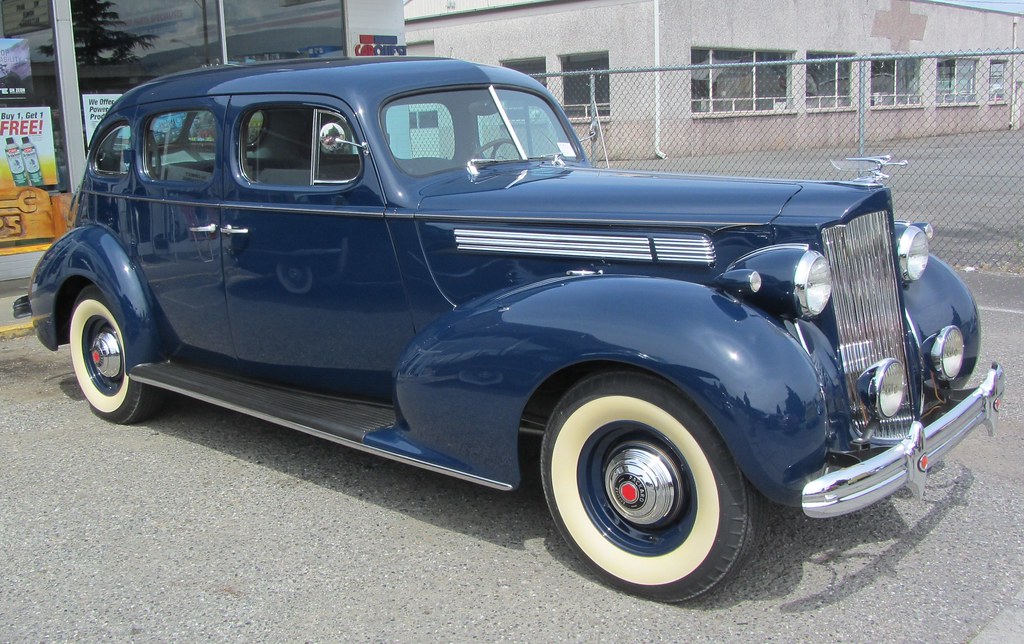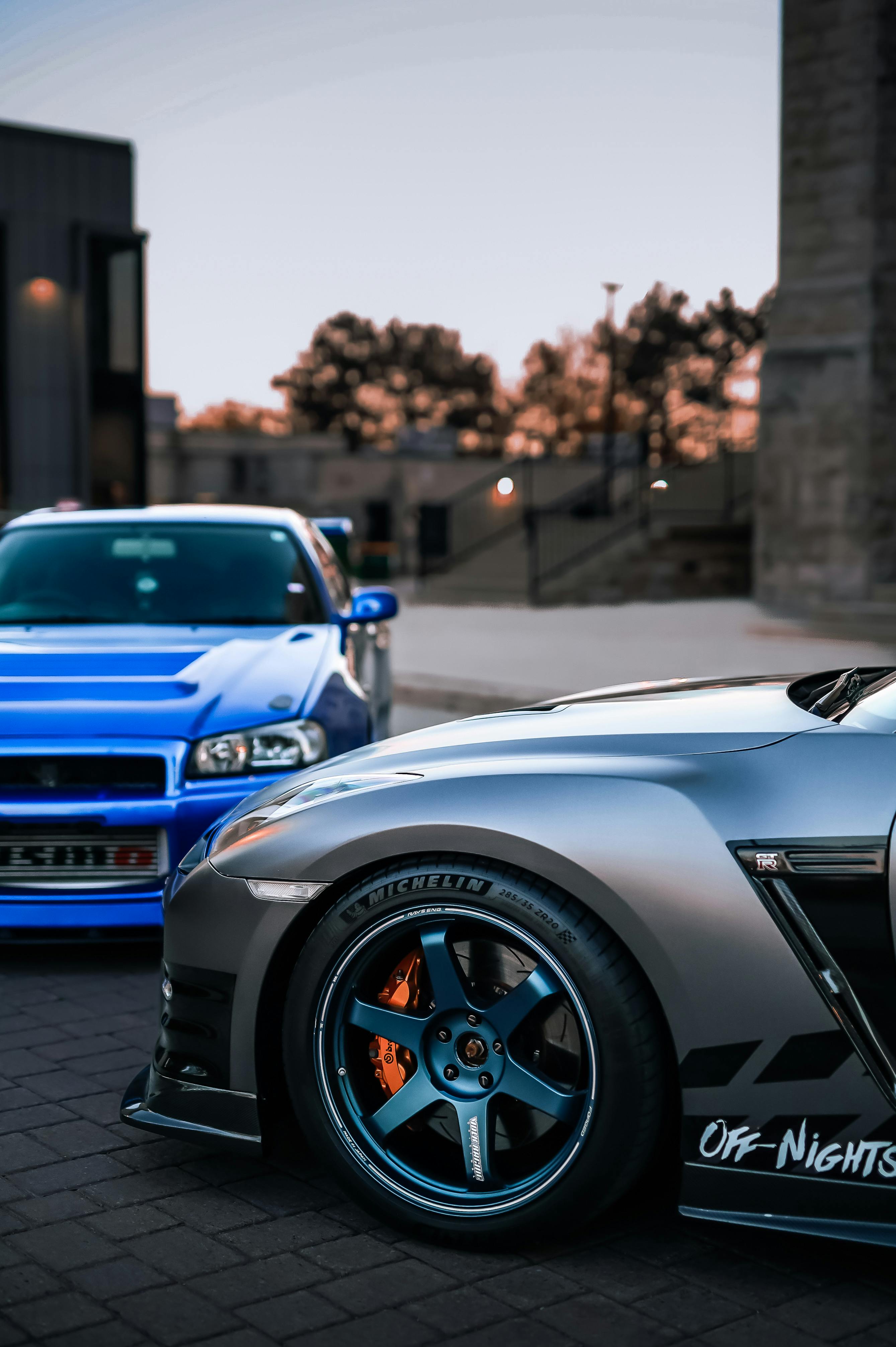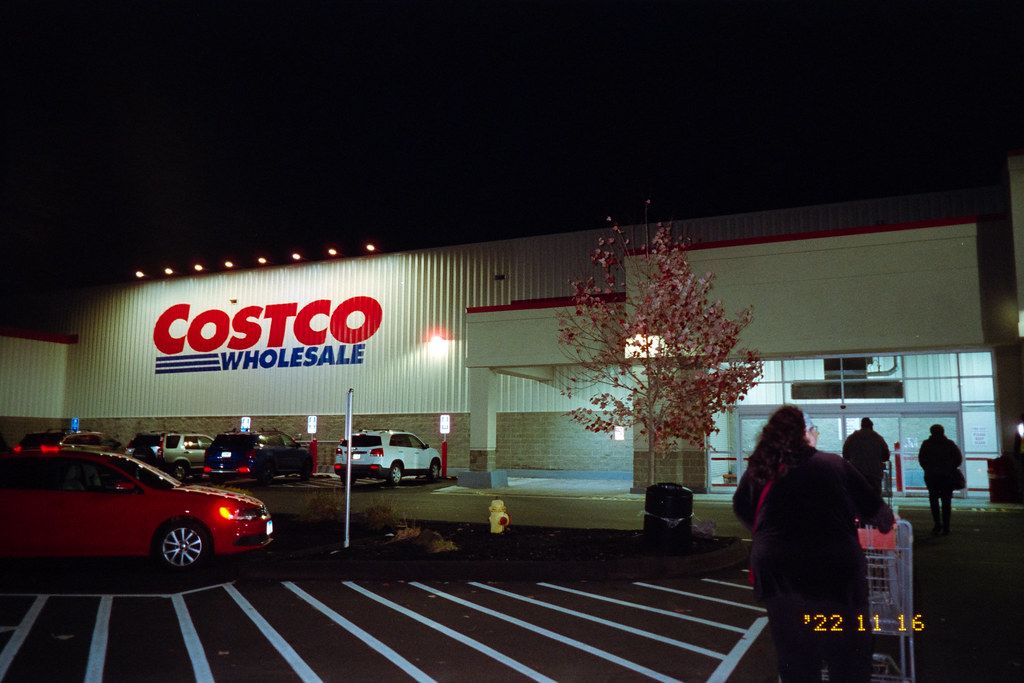
The open road is a stage, and over the decades, countless automotive stars have graced it. They roared, they purred, they hauled, and they defined eras, only to one day simply… vanish. It’s a bit like watching a favorite band break up, except sometimes the band never even got to play their final encore.
The automotive graveyard, as we know it, is littered with once-mighty brands that ruled the roads, dominated showrooms, and inspired countless Sunday afternoon garage sessions. These weren’t just vehicles; they were cultural institutions, shaping generations and sparking endless debates. From muscle car heroes to compact car zeros, luxury legends to economy experiments gone wrong, the industry has seen more comebacks and catastrophic failures than a Vegas lounge singer.
But what exactly happened to these titans of asphalt and dirt? Why did some die noble deaths, victims of changing times and impossible economics, while others, shall we say, committed automotive suicide with all the grace of a drunk driver in a Formula 1 race? Today, we’re taking a deep dive into the fascinating, sometimes hilarious, and often tragic stories behind 14 legendary auto brands that drove off into the sunset, never to return as we knew them.
We’ve scoured automotive history archives to bring you a diverse mix, from trailblazing truck manufacturers to luxury pioneers and economy innovators. Each brand holds a unique narrative of ambition, innovation, and ultimately, an unexpected end. So buckle up, because the tales of these bygone automotive giants are just as intriguing as the machines they once built, offering cautionary lessons that even the biggest names in the industry would do well to remember.
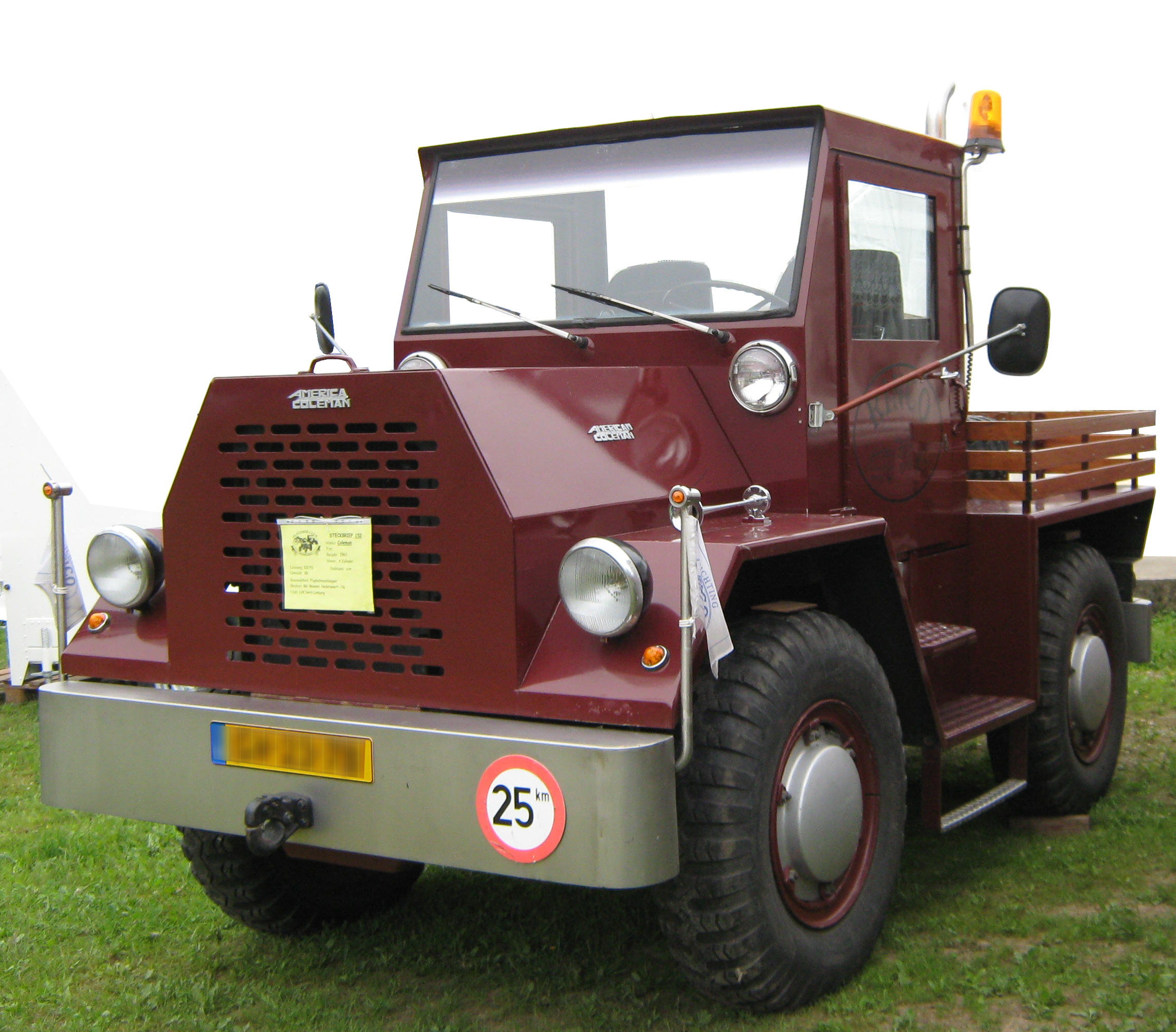
1. **American-Coleman Company**Did you know the story of Coleman trucks actually began in 1916, years before the American-Coleman Company officially started in Littleton, Colorado in 1922? It all kicked off with an engineer named Harleigh Holmes, who patented his groundbreaking designs for four-wheel and front-wheel drive systems. He then went on to build trucks using these systems, christening them the Holmes Truck and founding the Holmes Motor Co.
Fast forward to 1921, and Holmes Motor Co. transformed into Plains Motor Corporation, making a short hop north to Denver. By this time, the company was already offering four-wheel drive conversions for Ford vehicles, showcasing its knack for innovation. But the true turning point arrived in 1922, when brothers Alfred and George Coleman purchased a 51% stake in Plains Motor Corp., moving the entire operation back to Littleton.
The Holmes Truck quickly earned a stellar reputation, thanks in no small part to Holmes and his 30 employees, who literally marketed the truck by helping stranded motorists. Imagine being stuck by the side of the road, only for a Holmes Truck to come to your rescue! The Littleton Museum even recounts a legendary tale of a Holmes Truck pulling a fully loaded Pierce Arrow truck—a competitor, no less—out of a jam, groceries and all.
This burgeoning popularity wasn’t just about roadside assistance; it spawned “pulling” contests where Holmes confidently wagered $5,000 for any truck that could outmuscle his. On one memorable occasion, the local paper reported the Holmes Truck pulling more than an entire bulldozer. Its capabilities certainly caught the eye of serious buyers.
Indeed, in 1927, the U.S. Army purchased what was then known as a “Coleman Truck” to haul anti-aircraft guns for testing, a clear testament to its robust design. The following year, a Coleman Truck was famously upfitted with a rotary snowplow, heroically clearing a mountain pass in Colorado. The company continued to innovate, building 720 10-ton tractor-trailers for the U.S. during World War II, and even developing crane-bearing trucks for the U.S. Army Corps of Engineers. However, despite a merger in 1948, continued military contracts, and growth to 460 employees, the company’s fortunes waned. After Harleigh Holmes’s death in 1963 and the sale of his family’s shares, employment plummeted to 21 by 1987, leading to the plant’s closure and the end of American-Coleman trucks.
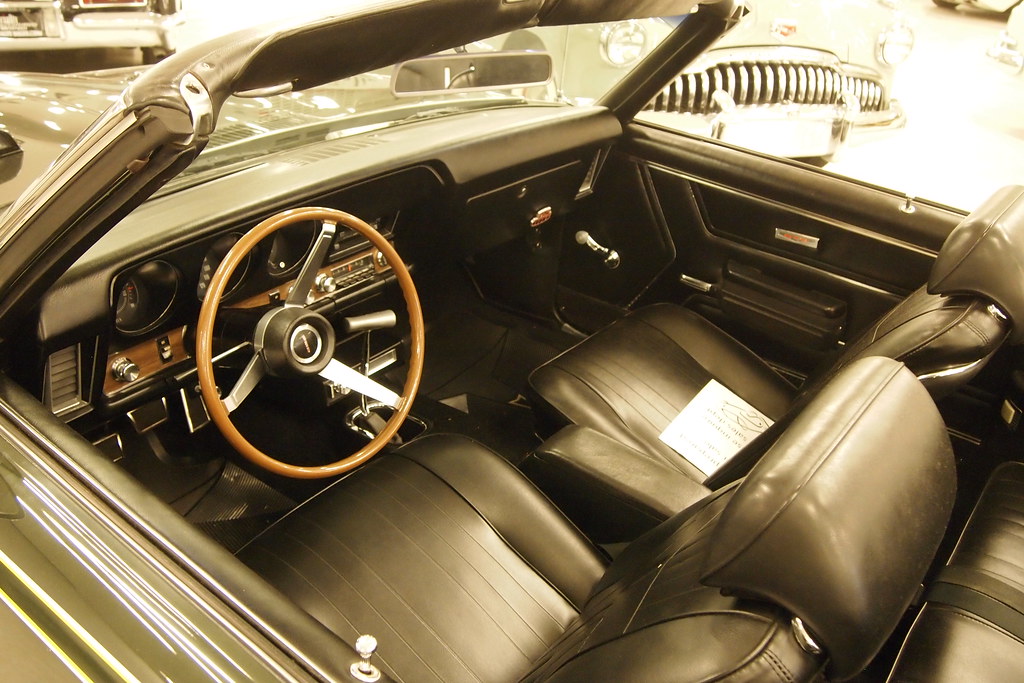
2. **Pontiac**Ah, Pontiac. The brand that famously declared, “We Build Excitement,” all while simultaneously, and somewhat ironically, churning out some of the most aggressively mediocre cars of the 2000s. For many years, Pontiac was the charismatic cool uncle of GM’s sprawling family, the one who taught you how to do burnouts and inevitably showed up to family reunions in a fire-breathing Trans Am, T-tops blazing in the sun.
Pontiac’s golden years truly stretched from the swinging 1960s through the early 1980s, a period when they unleashed automotive legends that still echo in the halls of gearhead fame. We’re talking about iconic beasts like the GTO, widely revered as America’s first true muscle car, and the utterly fire-breathing Firebird Trans Am—the very machine that made Knight Rider a prime-time television possibility. Let’s not forget the monstrous 455 Super Duty engine, which was essentially GM’s audacious dare to anyone who thought they could keep up.
But somewhere around the late 1980s, Pontiac seemed to lose its way faster than a GPS navigating a tunnel in a rural area. The very brand that once built tire-shredding monsters inexplicably began to believe that badge-engineering Chevrolets and meekly labeling them “performance cars” was a genius strategy. This misguided direction eventually culminated in the infamous Aztek, a vehicle so aesthetically challenged it made the notoriously odd Edsel look like a sleek Maserati. It became the unwitting poster child for everything that had gone woefully wrong with late-period Pontiac, as if the design team was locked in a game of automotive limbo, constantly asking, “How ugly can we possibly go?”
By 2008, as General Motors found itself circling the financial drain like a dying goldfish, Pontiac had unfortunately transformed into the automotive equivalent of that friend who peaked dramatically in high school. Sure, they might still ramble on about their past glory days, but by then, nobody was literally buying into it anymore. GM ultimately pulled the plug in 2010, unceremoniously ending 84 years of a brand that had started with genuine, heart-pounding excitement but unfortunately concluded in an all-too-visible corporate embarrassment.
Car Model Information: 2025 Audi Q7 55 Premium Plus
Name: Pontiac Firebird
Caption: The second, third, and fourth generations of,the Pontiac Firebird Trans Am
Manufacturer: Pontiac (automobile)
Production: February 23, 1967 – August 30, 2002
ModelYears: 1967 – 2002
Class: Pony car,Muscle car
Platform: GM F platform
Related: Chevrolet Camaro
Layout: Front engine, rear-wheel-drive layout
Categories: 1970s cars, 1980s cars, 1990s cars, 2000s cars, All articles with dead external links
Summary: The Pontiac Firebird is an American automobile built and produced by Pontiac from the 1967 to 2002 model years. Designed as a pony car to compete with the Ford Mustang, it was introduced on February 23, 1967, five months after GM’s Chevrolet division’s platform-sharing Camaro. This also coincided with the release of the 1967 Mercury Cougar, Ford’s upscale, platform-sharing version of the Mustang.
The name “Firebird” was also previously used by GM for the General Motors Firebird series of concept cars in the 1950s.
Get more information about: Pontiac Firebird
Buying a high-performing used car >>>
Brand: Pontiac Model: Trans Am
Price: $55,675 Mileage: 20,490 mi.
Read more about: Gearhead God: A High-Octane Tour Through John Cena’s Legendary American Muscle Car Empire
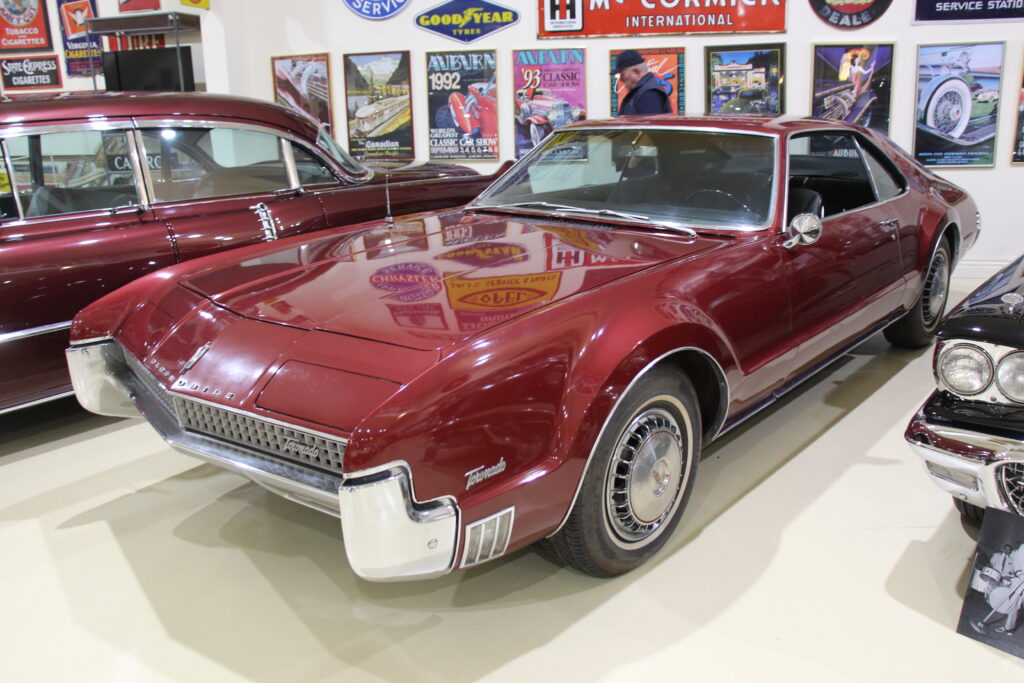
3. **Oldsmobile**“This is not your father’s Oldsmobile!” they boldly proclaimed in their 1980s advertising campaigns, desperately trying to shed their long-held image as the automotive equivalent of sensible shoes. The delicious irony of that tagline, however, is that they were absolutely right—because in reality, your father’s Oldsmobile was probably a genuinely worth-owning piece of machinery. The attempts to rebrand often overlooked the very heritage that made them great.
Founded way back in 1897 by the visionary Ransom E. Olds (and yes, that’s precisely where the band REO Speedwagon got their evocative name), Oldsmobile was, for a considerable time, nothing short of an innovator in the burgeoning automotive world. They proudly built the first mass-produced car, the distinctive Curved Dash Olds, and pioneered the assembly line concept—a revolutionary idea that Henry Ford famously perfected and, shall we say, took most of the credit for. Their legendary Rocket V8 engine, introduced in 1949, was so utterly revolutionary that it sent other manufacturers scrambling to catch up, much like eager children chasing down an ice cream truck on a hot summer’s day.
Oldsmobile’s muscle car credentials weren’t just good; they were solid gold, earning them a revered spot in performance history. The mighty 442, famously named for its 4-barrel carburetor, 4-speed transmission, and dual exhaust system, was more than capable of embarrassing most European exotics on the street, all while comfortably carrying a full set of golf clubs in its trunk. Furthermore, the Cutlass Supreme, a true icon of its time, reigned as the best-selling car in America for several consecutive years—a remarkable feat roughly equivalent to getting everyone in the entire country to unanimously agree on pizza toppings. Such was its widespread appeal and undeniable success.
So, with such a storied past and a string of successes, what on earth went so wrong for Oldsmobile? The answer, in hindsight, is deceptively simple: they fundamentally forgot what had made them truly special in the first place. By the 1990s, Oldsmobile found itself selling little more than thinly rebadged Chevrolets and Pontiacs, presenting an increasingly confused customer base with a diluted product. The Intrigue, for instance, was actually a perfectly decent car, but it arrived about 15 years too late to single-handedly salvage the brand’s crumbling reputation. General Motors tried everything short of holding a séance to resurrect Oldsmobile’s once-potent cool factor, but you can’t simply mend decades of corporate-induced boredom with the introduction of a single, albeit good, car.
The venerable brand finally breathed its last in 2004, after an astonishing 107 years of operation. Its demise served as a stark, undeniable proof that even automotive royalty, with a lineage as long and distinguished as Oldsmobile’s, is far from immune to the often baffling decisions born from corporate stupidity. Perhaps, in their desperate scramble, a clever name change might have actually helped with a much-needed rebranding effort, but by then, it was too late.
Read more about: Why Classic Car Values Are Exploding: Unpacking the Market Surge and 14 Iconic Models Skyrocketing in Price
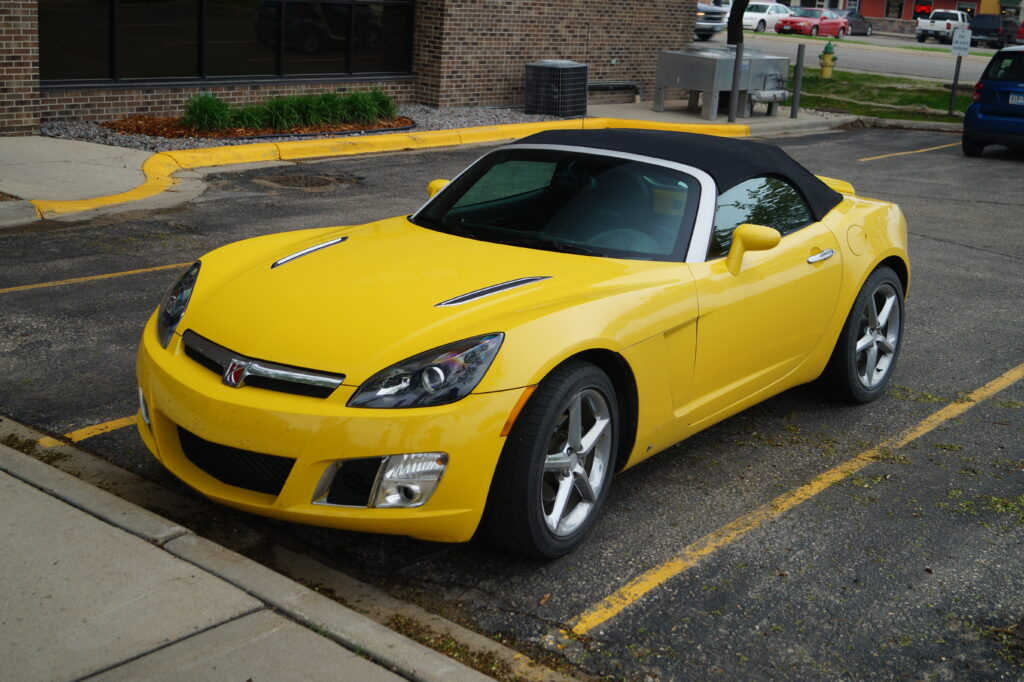
4. **Saturn**Saturn burst onto the automotive scene in 1985 with more fanfare and anticipation than a space shuttle mission, accompanied by promises that were truly bigger than Texas itself. General Motors, in a rare moment of introspection, swore that this time, things would be fundamentally different. They vowed there would be no more frustrating badge engineering, no more shady dealer shenanigans, and absolutely none of the corporate BS that had been systematically killing American car sales faster than rust decimates Midwest winters.
The core concept behind Saturn was nothing short of brilliant: GM aimed to establish a completely separate company, granting it its very own, dedicated factory in Spring Hill, Tennessee. The plan involved implementing a revolutionary no-haggle pricing model and an unwavering focus on customer service so exemplary that it would supposedly make even the most efficient Japanese automakers weep with envy. Early Saturn buyers weren’t just customers; they were practically evangelists, eagerly organizing large-scale homecoming events at the Spring Hill factory as if it were some kind of automotive Woodstock festival, celebrating their unique connection to the brand.
The original Saturn S-Series was genuinely innovative, setting new benchmarks in several areas. Its dent-resistant polymer body panels meant that minor parking lot dings, those perennial urban annoyances, instantly became someone else’s problem, not the owner’s. The cars themselves were remarkably reliable, impressively efficient, and, crucially, priced just right to appeal to a broad market. Saturn owners didn’t just like their cars; they absolutely adored them, forming actual communities around the brand—a level of organic brand loyalty that, in the pre-internet America, was about as authentic and spontaneous as it gets.
Then, in a move that became all too familiar, GM did what GM seemed to do best: they regrettably screwed it up. Instead of strategically building upon Saturn’s distinct and innovative identity, they slowly but surely transformed it into just another generic GM division, content to sell rebadged Opels and Chevrolets. The Ion, for example, which replaced the beloved S-Series, was so utterly forgettable that it made the taste of plain vanilla ice cream seem exotic by comparison. Even the Vue SUV, while practical, appeared as if it had been designed by an uninspired committee, lacking any spark of the original Saturn ethos.
By 2009, Saturn had tragically devolved from a revolutionary upstart brimming with potential to just another struggling, indistinguishable GM brand. When the colossal company eventually navigated through its tumultuous bankruptcy proceedings, Saturn, unfortunately, got the axe. Its demise served as a poignant reminder that even the most brilliant and well-intentioned ideas can ultimately fail to survive the relentless onslaught of corporate incompetence, becoming just another casualty of GM’s chronic inability to get out of its own complex way.
Read more about: Gearhead God: A High-Octane Tour Through John Cena’s Legendary American Muscle Car Empire
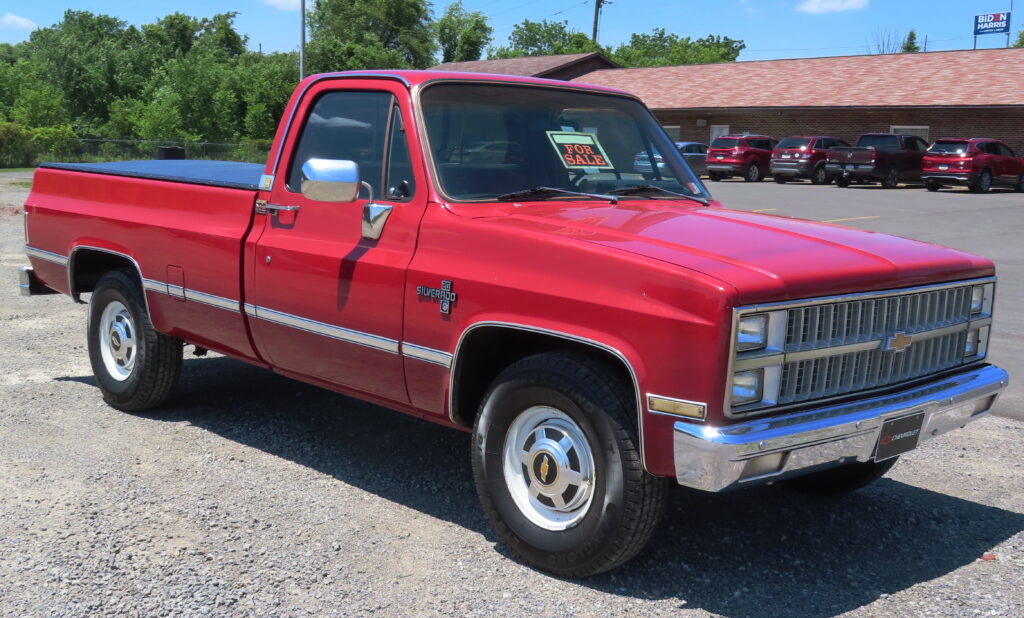
5. **Mercury**For a remarkable 72 years, Mercury tirelessly attempted to answer a question that, frankly, nobody in the automotive market was actually asking: “What if we made a Ford that was more expensive, but paradoxically, not quite as nice or luxurious as a Lincoln?” Created in 1938, with the ambitious goal of neatly filling the perceived gap between the accessible Ford and the premium Lincoln brands, Mercury frequently found itself in a perpetual state of automotive middle management—always present, rarely exciting, and perpetually pondering why it never seemed to be taken seriously by consumers or the industry at large.
In its nascent years, Mercury actually managed to possess a palpable sense of personality and distinctiveness. The iconic 1949 Mercury, thanks in part to its starring role in cultural touchstones like the movie “Rebel Without a Cause,” quickly solidified its status as a quintessential hot rod icon. Furthermore, the Cougar of the late 1960s emerged as a legitimate muscle car, boasting the prowess to confidently run alongside, or even outperform, its bigger Mustang brethren. Even the Marauder of the early 2000s showed tantalizing flashes of brilliance, presenting itself as a full-size sedan equipped with a robust 302-horsepower V8 engine, capable of subtly embarrassing many European sports sedans while comfortably accommodating four adults.
However, Mercury’s enduring problem was a profound identity crisis, played out on a corporate scale. Was it intended to be a luxury brand, aiming for upscale clientele? Or perhaps a performance division, targeting thrill-seekers? Was it merely meant as a value alternative, offering a slightly elevated Ford experience without the Lincoln price tag? Ford, its parent company, never seemed to truly decide, leaving Mercury to simply… exist. The Grand Marquis, for instance, became the unofficial vehicle of choice for taxi fleets and devout Crown Vic enthusiasts, while models like the Milan and its Hybrid counterpart were so utterly generic in design and appeal that they could have easily been marketed as specialized rental car specials, further eroding any distinct brand identity.
The final, conclusive nail in Mercury’s coffin arrived when Ford ultimately realized a crucial, cost-saving truth: they could effectively sell the exact same vehicles under either the Ford or Lincoln badges without the added confusion, expense, and marketing effort of maintaining a third, increasingly redundant brand. Mercury quietly met its demise in 2011, and perhaps the most Mercury-esque thing about its disappearance was that most people barely even noticed it was gone until they suddenly wondered where all the police cruisers with that particular badge had gone. It vanished without much of a fuss, a perfectly fitting, if understated, end. The answer to their enduring question, it seems, was simply: You fail.
Read more about: Gearhead God: A High-Octane Tour Through John Cena’s Legendary American Muscle Car Empire
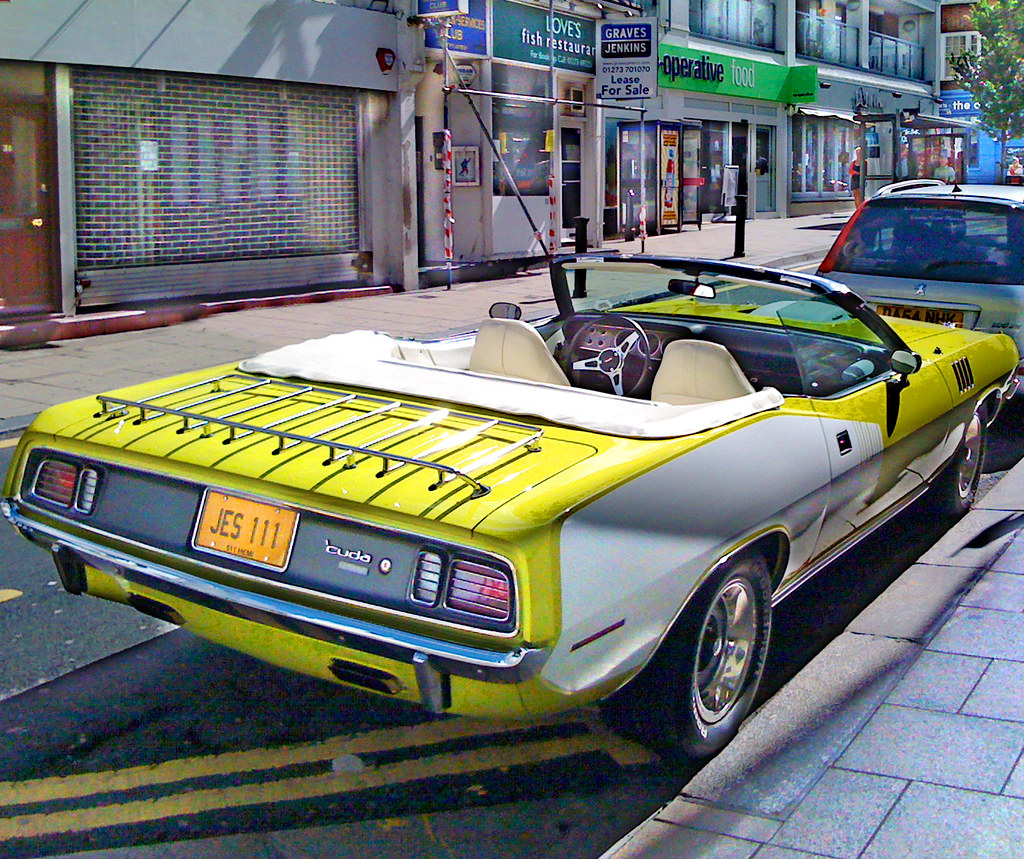
6. **Plymouth**Plymouth was originally conceived as Chrysler’s everyman brand, positioned as the automotive equivalent of that reliable, unpretentious friend who always shows up precisely when you need them most. For several decades, this strategy worked remarkably well. Plymouth consistently provided America with affordable, dependable transportation that, crucially, didn’t suck—a rare and commendable achievement in the often cutthroat automotive world, almost akin to achieving sainthood for its practicality and accessibility.
The brand’s muscle car credentials were, in a word, impeccable, securing its legendary status among performance enthusiasts. The ‘Cuda and the Road Runner, in particular, were celebrated for being both incredibly fast and surprisingly affordable, which meant that regular folks, not just the wealthy elite, could genuinely own bona fide, tire-shredding monsters. The powerful 440 Six Pack engine was Chrysler’s unequivocal statement, essentially saying, “Here’s 390 horsepower for the price point of a sensible family sedan.” And who could forget the audacious Superbird, with its notoriously ridiculous aerodynamic nose cone and a towering rear wing, a design that emphatically proved Plymouth engineers possessed both immense talent and an undeniably quirky sense of humor.
Yet, Plymouth’s true genius lay not just in its high-performance vehicles, but in its range of everyday cars that consistently happened to be excellent. The Valiant, for instance, was so astonishingly reliable that it reputedly made even the famously dependable Honda nervous, earning it a reputation for unwavering durability. The Acclaim was another example, a genuinely decent, no-frills family sedan that, ironically, nobody truly remembers today precisely because it did its job so exceedingly well and without any unnecessary drama—the automotive equivalent of a truly competent, yet utterly unflashy, referee who lets the game flow seamlessly.
The inherent problem, however, began to surface in the 1990s, a period when Chrysler regrettably started treating Plymouth like the automotive equivalent of a participation trophy, undermining its unique selling proposition. Instead of thoughtfully building upon the brand’s hard-earned reputation for honest value and robust dependability, they simply handed it a collection of rebadged Dodge models and declared the job done. Models like the Breeze, the Neon, and even the unique Prowler (which, to be fair, was actually pretty cool in its retro-futuristic design but suffered from extremely low sales) simply couldn’t rescue a brand that had, by then, completely lost its distinct identity in the market.
Chrysler eventually pulled the plug on Plymouth in 2001, bringing an unceremonious end to a 73-year run that had initially started with immense promise and groundbreaking innovation but ultimately concluded with a quiet whimper, rather than a roaring farewell. Today, Plymouth primarily lives on in the cherished memories of classic car shows, captivating enthusiasts, and the fond recollections of people who vividly remember a time when “value” in the automotive world truly meant something far more profound than just “cheap.”
Read more about: The Enduring Allure of the AMC Javelin: Unpacking Its Worth, Speed, and Underrated Legacy for Today’s Enthusiasts
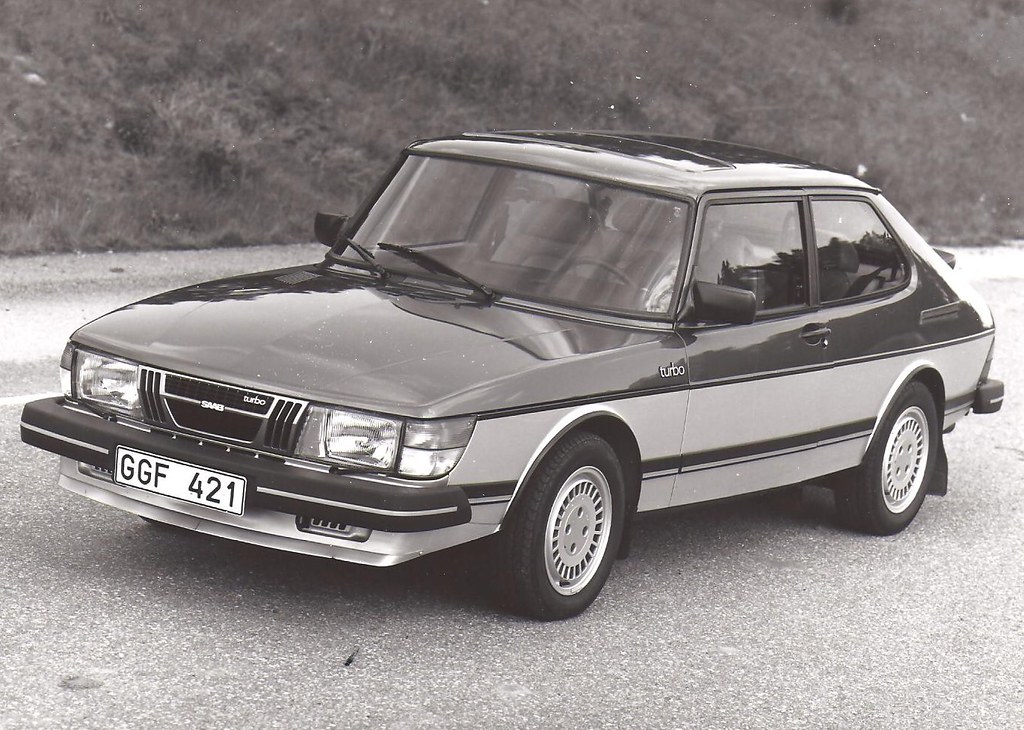
7. **Saab**Saab’s captivating and ultimately tragic story reads remarkably like a classic Scandinavian drama—a narrative where brilliant engineers pour their ingenuity into creating something truly unique and wonderful, only for corporate overlords to systematically dismantle everything good about it. The company then meets its unfortunate end in a hazy cloud of bureaucratic incompetence and mounting financial chaos, an automotive saga that could very well be dubbed “Hamlet, but with an intriguing array of turbochargers.”
Beginning its life not as a car manufacturer, but as an aircraft company (Svenska Aeroplan Aktiebolaget, for those keeping track of the intricate Swedish acronyms), Saab naturally infused its automobile designs with a distinctive aviation-inspired philosophy. The remarkable result was a line of cars that looked like nothing else gracing the roads, meticulously engineered with the kind of obsessive attention to detail that only truly comes from individuals who deeply understand that a wing failure isn’t merely an inconvenience—it is, quite literally, fatal. This aerospace precision translated into groundbreaking safety and design elements that set Saab apart.
The legendary Saab 900 stands as a testament to automotive perfection, ingeniously disguised as charming Swedish weirdness. It sported turbochargers long before “turbo” became a cool buzzword in the industry, offered hatchback practicality long before SUVs began to dominate and, arguably, ruin everything, and boasted safety innovations that were genuinely decades ahead of prevailing regulations. Its famously unconventional ignition switch, located on the floor between the seats, was a deliberate design choice; Saab engineers, in their meticulous wisdom, determined that this was the safest possible placement for it in the event of a collision. The fact that this peculiar placement drove many American mechanics absolutely insane was, perhaps, just an unintended bonus.
Saab owners weren’t just customers; they were an impassioned cult, deeply devoted to the brand’s eccentricities. They intuitively understood that the often-awkward cup holders were a deliberate consequence of Swedish engineers prioritizing structural integrity and safety over mere beverage convenience. They deeply appreciated that Saab interiors bore an uncanny resemblance to aircraft cockpits, because, in essence, they truly were. Furthermore, they willingly forgave the occasional minor electrical quirk, a small price to pay for cars that were so fundamentally excellent and groundbreaking in all the truly important aspects of driving and ownership.
Then, in 1989, General Motors stepped in and acquired Saab, initiating what many passionate fans view as the systematic destruction of everything that had originally made the brand so uniquely special. Instead of recognizing that Saab’s delightful weirdness was its undeniable strength, GM foolishly attempted to normalize it, stripping away its distinct character. The regrettable 9-2X, for example, was nothing more than a rebadged Subaru Impreza; while admittedly a decent car in its own right, it was emphatically not a Saab. Similarly, the 9-7X was a transparent Chevrolet TrailBlazer cloaked in Swedish drag, a disguise about as convincing as a die-hard Vikings fan attempting to blend in seamlessly at Lambeau Field.
By the time GM finally offloaded Saab to Spyker in 2010, the irreparable damage had already been done, and the brand was fatally compromised. Saab ultimately declared bankruptcy in 2011, leaving behind a heartbroken yet fiercely devoted fan base. Its demise stands as a stark, cautionary tale, proving conclusively that even the best, most innovative, and beloved brands can tragically fall victim to the relentless machinations of corporate executives if they try hard enough to utterly destroy what made them unique.
Read more about: More Than Just Metal: 10 Quirky Hatchbacks That Sparked Love or Frustration in Their Owners
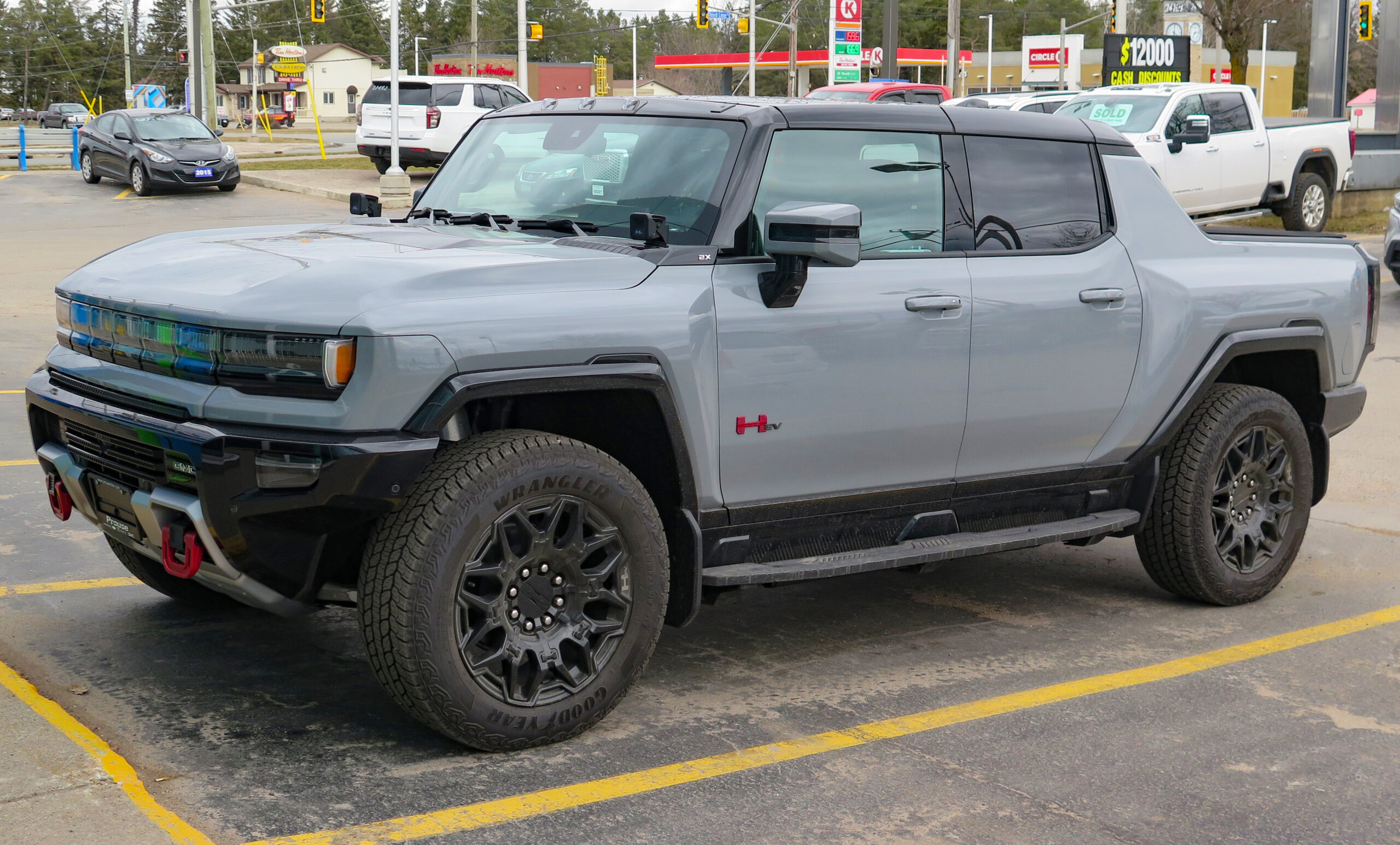
8. **Hummer**Hummer, born from the military Humvee, was automotive excess made manifest—a civilian vehicle so aggressively military-inspired it made Jeep Wranglers look like golf carts. It was a truck so wide it seemed to need its own zip code, designed to intimidate, dominate, and consume every inch of road. The original Hummer H1 was essentially a military vehicle with added domestic comforts like air conditioning, capable of fording three feet of water and climbing 60-degree slopes, while achieving fuel economy that made oil executives giddy.
General Motors attempted to civilize Hummer with the 2002 H2, built on a Chevrolet Tahoe chassis. It remained massive, capable of towing a house, yet was refined enough for those desiring an “urban assault vehicle” for everyday use, despite struggling to fit into standard garages. The subsequent H3, based on the Chevrolet Colorado, was Hummer’s bid for the mainstream—smaller and more efficient, but it arguably missed the core essence of what made the brand uniquely audacious and special to its dedicated clientele.
Ultimately, rising fuel prices and environmental consciousness delivered Hummer’s definitive knockout blow. When gas hit $4 a gallon, driving a 10 mpg vehicle transformed from a lifestyle choice into financial self-sabotage. GM discontinued the brand in 2010. In a fascinating twist, the name has re-emerged as an electric GMC sub-brand, proving even gas-guzzling brands can find redemption. Oh, Hummer, TikTok influencers would have adored you.
Car Model Information: 2003 Hummer H1 Wagon 4D
Name: Hummer H1
Manufacturer: AM General
Aka: Hummer HMC (1992–2002),HMMWV (HUMVee)
Production: 1992–2006 (11,818 produced)
ModelYears: 1992–2004 , 2006
Assembly: Mishawaka, Indiana
Class: Full-size,pickup truck
BodyStyle: 4-door Open Top – HMCO , 4-door SUV – HMCS , 4-door Hard Top – HMC4 , 2-door Fleet – KSC2 , 2-door Pickup – XLC2
Related: Humvee
Layout: Front-engine, four-wheel-drive layout,four-wheel drive
Engine: Chevrolet_small-block_engine_(first-_and_second-generation)#L05,V8 engine
Transmission: Automatic transmission,GM 4L80-E transmission
Wheelbase: 130 in
Abbr: on
Length: 184.5 in
Width: 86.5 in
Height: 77 in
Caption: Hummer HMC Soft Top
Categories: 2000s cars, AM General vehicles, All-wheel-drive vehicles, Articles with short description, Cars introduced in 1992
Summary: The Hummer H1 is a full-size four-wheel-drive utility vehicle based on the M998 Humvee, which was developed by AM General when it was a subsidiary of American Motors Corporation (AMC). Originally designed strictly for military use, the off-road vehicle was released to the civilian market.
The civilian version was produced from 1992 through 2006 and was the first of what became the Hummer line. AM General built both the H1 and the Humvee in its Mishawaka, Indiana, facility. GM stopped marketing the H1 in the 2006 model year, but AM General continued production of the military Humvee versions through 2018.
Get more information about: Hummer H1
Buying a high-performing used car >>>
Brand: Hummer Model: H1
Price: $74,900 Mileage: 90,088 mi.
Read more about: Inside the Legacy Vault: Unearthing LeBron James’s Most Precious Career Milestones
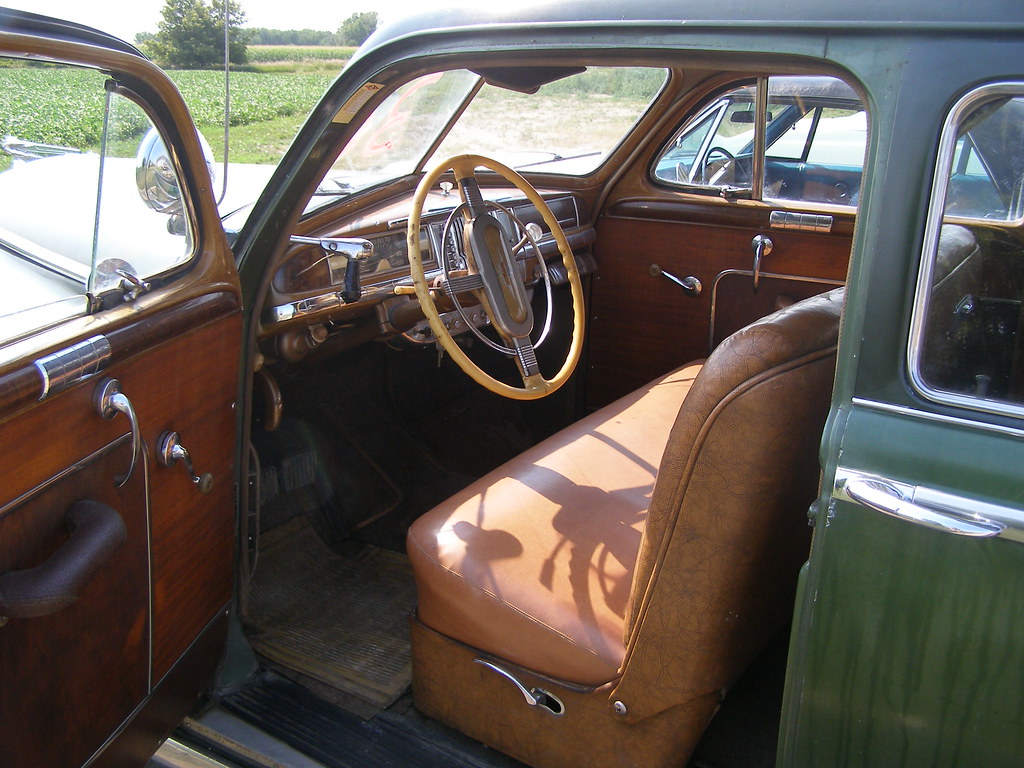
9. **DeSoto**DeSoto’s story is a poignant illustration of experiencing both excellent and spectacularly bad timing. Launched by Chrysler in 1928, just before the Great Depression, DeSoto somehow survived that economic apocalypse and thrived in the post-war boom. Yet, it tragically perished during what was arguably America’s most prosperous decade, a testament to a unique corporate talent for missteps.
Positioned as Chrysler’s “bridge” brand between Dodge and Chrysler, DeSoto offered genuinely attractive, well-built, and reasonably priced cars. The DeSoto Adventurer was a legitimate muscle car before the term existed; the 1956 model, with its 341 cubic inch Hemi V8, produced 320 horsepower, enough to embarrass most sports cars. Models like the Firedome and Fireflite were stylish, powerful, and popular with buyers seeking something nicer than a Dodge without a Chrysler price tag.
So what went wrong? Market consolidation, corporate indecision, and the harsh reality that American buyers didn’t need four brands doing the same job. By the late 1950s, DeSoto sold cars too similar to Dodge and Chrysler models to justify its existence. The 1961 DeSoto, almost identical to that year’s Chrysler but costing less, lacked prestige—a losing formula. Chrysler pulled the plug in 1961 after 33 years, making DeSoto a fascinating footnote for classic car enthusiasts.
Read more about: I Miss These: 15 Iconic American Car Brands That Vanished From Our Roads
10. **AMC (American Motors Corporation)**American Motors Corporation (AMC) truly embodied the spirit of that scrappy underdog in sports movies—lots of heart, creative solutions, yet a tendency to lose spectacularly. Formed in 1954 from the merger of Nash and Hudson, AMC spent its existence battling the Big Three with roughly half their budget and twice their desperation. It was a David vs. Goliath story, played out on the asphalt.
What AMC lacked in financial resources, it compensated for with creativity and sheer determination. The Rambler offered economy when others built land yachts, the Gremlin was weird but functional, and the AMX was a genuine two-seat sports car that could embarrass Corvettes for thousands less. The Eagle, a visionary vehicle, arrived decades ahead of its time as one of the first crossover SUVs, showcasing an uncanny foresight. Dick Teague, AMC’s chief designer, on shoestring budgets, crafted iconic designs like the Cherokee XJ—the template for every modern SUV—the sleek Javelin, and the AMX.
However, the persistent problem for AMC was money; they never had enough. While giants like GM, Ford, and Chrysler could absorb mistakes, every AMC misstep was potentially fatal. Renault acquired a controlling stake in 1979, producing decent cars like the Alliance and Encore, but couldn’t save the company. Chrysler eventually acquired AMC in 1987, primarily for the immensely valuable Jeep brand, and swiftly killed off everything else. AMC is remembered as the company that proved good ideas and talented people aren’t always enough to survive the brutal automotive industry.
Read more about: Unraveling America’s Automotive Ancestry: A Deep Dive into the Oldest Car Brands That Shaped a Nation’s Roads

11. **Studebaker**Studebaker’s extraordinary automotive story spans nearly the entire history of the automobile, from its 1852 origins building wagons to producing innovative cars until 1966. Demonstrating remarkable adaptability, it transitioned into electric cars in 1902 before dedicating itself to some of the most genuinely striking automobiles in American history. It was a company that truly evolved with the times, for a significant period.
A prime example of Studebaker’s visionary approach was the groundbreaking 1953 Studebaker coupe, meticulously designed by Raymond Loewy. This vehicle was profoundly ahead of its time with its sleek, modern aesthetics, still retaining an astonishingly contemporary appeal today. While many other manufacturers crafted ostentatious, chrome-encrusted monuments to excess, Studebaker dared to be different, offering a clean, understated elegance that spoke volumes about its design philosophy and engineering prowess.
Despite this legacy of innovation, Studebaker found itself ensnared in escalating financial troubles and overwhelming competition. Competing against the ever-growing might of larger automakers proved insurmountable for a company that lacked the scale and deep pockets of its rivals. The relentless pressures of a changing market led to its demise, with Studebaker ceasing operations in 1967. It remains revered among automotive historians for its audacious designs, serving as a powerful reminder that even the most innovative spirits can succumb to economic forces.
Read more about: 15 Vehicles Millennials Are Steering Clear Of: Unpacking the Generational Divide in Automotive Appreciation
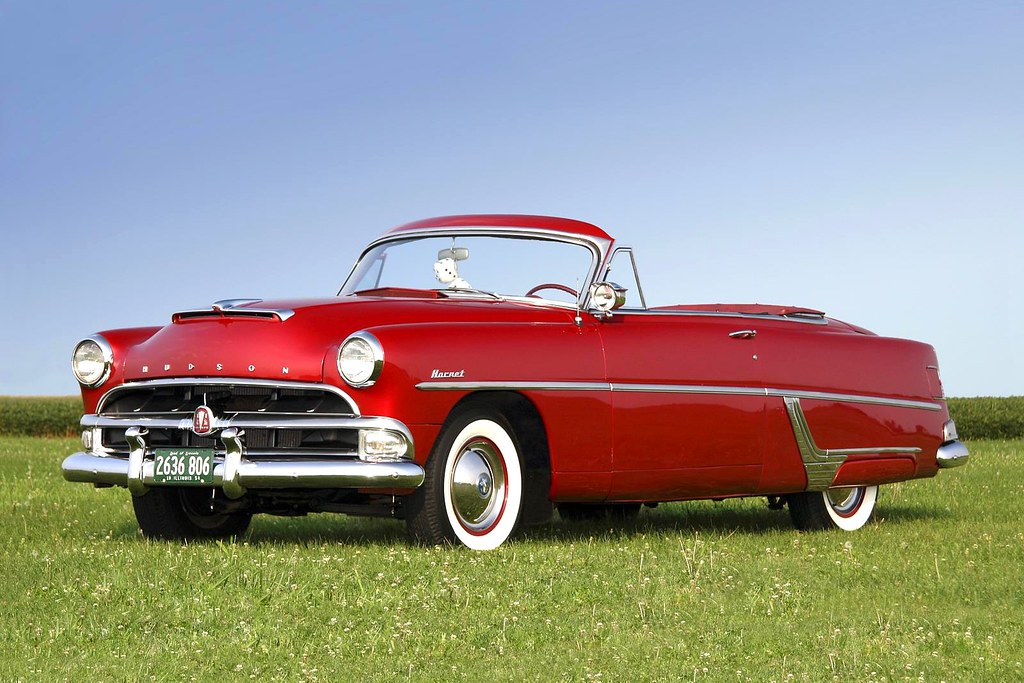
12. **Hudson**Hudson, an American automaker with a rich, albeit tragic, history, truly made its mark with groundbreaking engineering and a strong performance pedigree. The company achieved significant recognition for its innovative “step-down” design in the late 1940s, placing the floorpan lower than the frame rails. This resulted in a lower center of gravity for improved handling and a remarkably spacious interior, setting it apart from many contemporaries.
Beyond design, Hudson carved an enviable reputation on the racetrack, particularly in NASCAR. Its Hornet model achieved legendary status in the early 1950s, dominating stock car racing with its powerful inline-six engine and low center of gravity. These victories bolstered the brand’s image, cementing its place in motorsport history and demonstrating Hudson’s capacity for both innovative design and competitive performance on the track.
Despite these achievements, Hudson struggled mightily against the sheer scale and immense financial power of larger automakers. Ford, General Motors, and Chrysler could simply outspend and out-market smaller independents like Hudson, making it difficult to maintain market share and innovate. These mounting pressures led to Hudson’s merger with Nash-Kelvinator in 1954, forming American Motors (AMC). While intended for survival, the distinct Hudson brand unfortunately faded as AMC streamlined its offerings, thus writing the final chapter for Hudson as a standalone automotive force.
Read more about: The Enduring Allure of the AMC Javelin: Unpacking Its Worth, Speed, and Underrated Legacy for Today’s Enthusiasts
13. **Packard**Packard stood as a beacon of American automotive luxury, a name synonymous with prestige, unparalleled quality, and meticulous craftsmanship for the first half of the 20th century. During its heyday, owning a Packard was a clear declaration of status, placing the brand alongside, and often above, the most revered European luxury marques. Their cars were not merely transport; they were moving works of art, celebrated for robust engineering, opulent interiors, and timeless, elegant designs.
However, even a brand as esteemed as Packard proved far from immune to economic reality. The Great Depression severely curtailed the market for ultra-luxury vehicles. While Packard weathered this storm better than some, the post-World War II era presented new financial problems. Changing consumer tastes, combined with the astronomical costs of developing new models and retooling factories, eroded its unassailable position in the luxury segment.
In a desperate bid for survival, Packard merged with Studebaker in 1954, forming the Studebaker-Packard Corporation. This union aimed to pool resources, but the anticipated synergy never fully materialized. Challenges of integrating two distinct cultures, coupled with Studebaker’s own woes, proved too great. The luxurious Packard marque officially ceased operations in 1958, a stark reminder that even a legacy steeped in luxury is no guarantee against economic downturns and fierce competition.
Read more about: Four Iconic Actresses Depart at 91, Marking the End of an Era
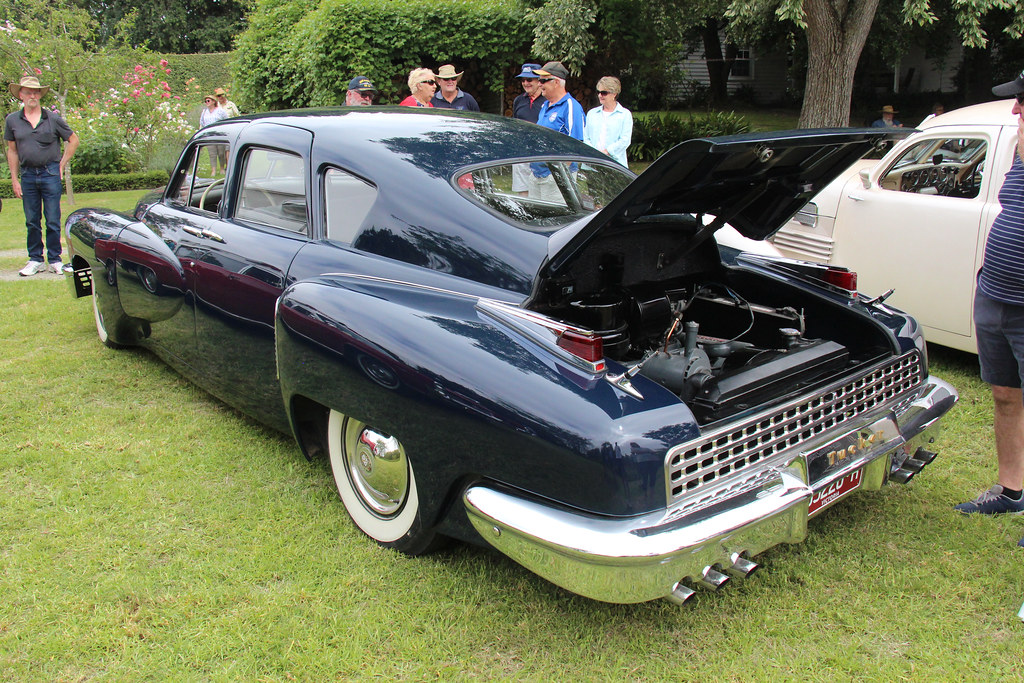
14. **Tucker**The story of Tucker Corporation, though tragically brief, is one of the most compelling and bittersweet tales in American automotive innovation. Founded by the enigmatic Preston Tucker in 1944, this audacious venture promised to revolutionize the automobile, offering a fresh, forward-thinking alternative to the staid designs dominating the post-war market. Tucker was, in many ways, an outsider, a true visionary attempting to disrupt a tightly controlled industry.
Despite grand ambitions, the company famously produced only 51 cars. All were highly coveted for their remarkably innovative safety features and pioneering design elements. The Tucker ’48, often called the “Tucker Torpedo,” boasted a third directional headlight, a padded dashboard, and a safety cage—features decades ahead of their time, underscoring Tucker’s unwavering commitment to passenger protection. Each rare vehicle stands today as a testament to what could have been, embodying a radical departure from conventional thinking.
However, Tucker’s dream quickly became entangled in a complex web of financial troubles and a highly publicized SEC investigation. While Tucker was acquitted of fraud, relentless negative publicity, production delays, and immense capital requirements fatally crippled the company. The battle against larger, entrenched automakers who viewed Tucker as a threat proved an uphill and ultimately unwinnable one. The Tucker Corporation closed its doors in 1949, a mere five years after its founding, becoming an enduring symbol of entrepreneurial spirit confronting formidable industry forces.
Read more about: No Room for Rivals: 7 Legendary Performers Who Drew the Line on Shared Spaces
And so, our journey through the automotive afterlife draws to a close, a compelling collection of tales illustrating both the incredible highs and profound lows of an industry defined by constant reinvention and occasional, spectacular failure. These 14 brands, each with its unique story etched into history, serve as more than just nostalgic footnotes; they are potent cautionary tales for today’s automotive behemoths. They remind us that innovation is often a double-edged sword, corporate decisions can be perilous, and even the most cherished brands can vanish like a mirage if they lose sight of what truly makes them special. Next time you’re cruising, spare a thought for these fallen giants, for their spirit undoubtedly continues to drive the future, reminding us that every journey, no matter how grand, eventually ends. But what an exhilarating ride it was!

